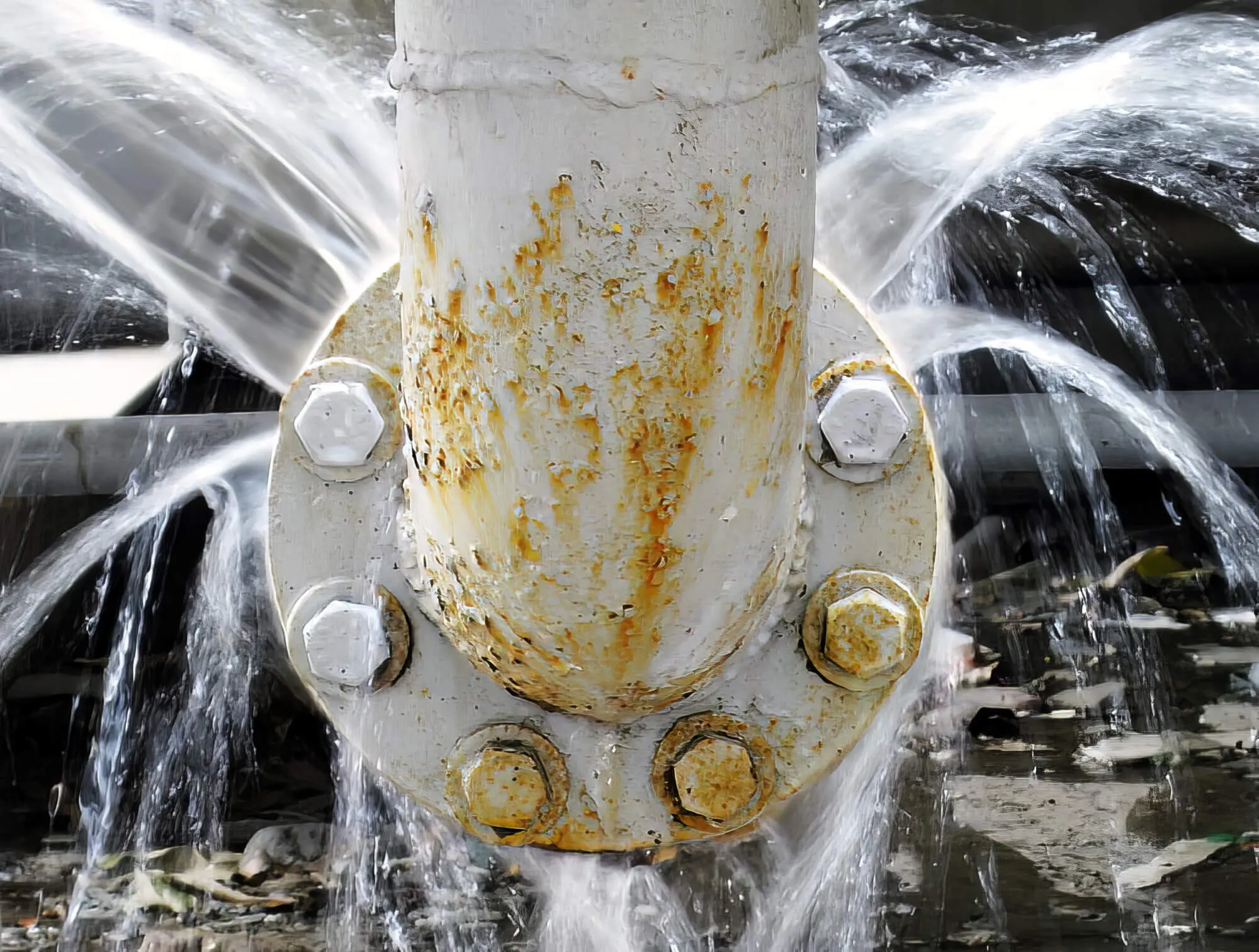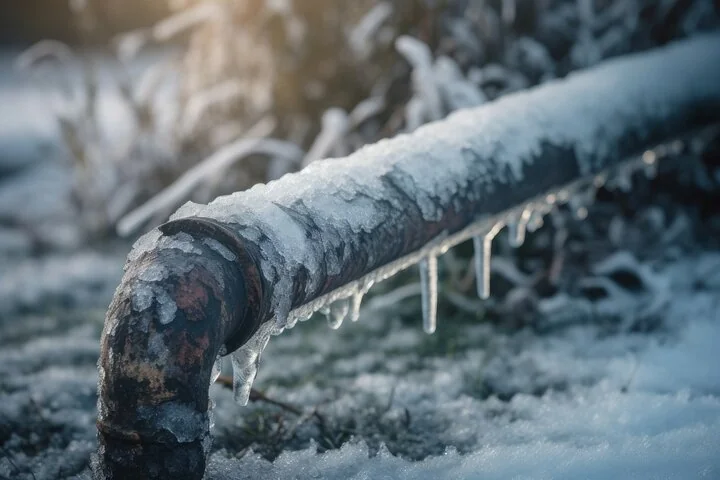Understanding the Causes of a Burst Pipe and How to Prevent It
Understanding the Causes of a Burst Pipe and How to Prevent It
Blog Article
Preventing Burst Pipeline: Crucial Tips to Protect Your Plumbing
Preventing ruptured pipelines is an important problem for house owners, specifically during colder months when the risk of cold is enhanced. Implementing strategic measures such as proper insulation, regular examinations, and preserving regular indoor temperature levels can dramatically lower the likelihood of pipe failure.
Understand Pipe Vulnerabilities
Comprehending pipe susceptabilities is necessary for efficient pipes upkeep and preventing expensive damage. A number of variables add to the susceptibility of pipes to ruptureds, consisting of product structure, age, and environmental conditions. Older pipes, particularly those made from galvanized steel or polybutylene, usually degrade over time, causing enhanced risk of ruptures and leakages.
Temperature variations can likewise considerably influence pipeline honesty. In chillier climates, water trapped in pipelines can freeze, putting in and expanding stress on the pipeline wall surfaces, which might inevitably cause a ruptured. High water stress can stress pipes, particularly at bends and joints, heightening the probability of failure.

Insulate Water Lines Appropriately
Proper insulation of pipes is critical for stopping cold and succeeding bursts during cool weather (burst pipe). Insulating your plumbing system efficiently safeguards versus temperature drops that can bring about expensive damage. Begin by identifying prone areas where pipes are subjected to outside temperatures, such as basements, attic rooms, and exterior wall surfaces
Use foam pipeline insulation sleeves or cover insulation tape around these locations to provide a protective barrier. Make certain that all areas of the pipes, especially those with limited warmth exposure, obtain adequate insulation. Pay special interest to joints and fittings, as these are a lot more prone to cold.
When shielding, it's necessary to choose materials that meet regional building codes and are proper for the specific atmosphere. As an example, fiberglass insulation is commonly suggested for its thermal resistance homes - burst pipe. Furthermore, consider using warmth cords or tape in extreme problems, which can be connected in to offer additional heat
Frequently evaluate insulated pipes for any kind of indications of wear or damage, as compromised insulation can lessen its efficiency. By taking these positive measures, you dramatically lower the risk of pipeline bursts, guaranteeing a reliable pipes system throughout the cold weather.
Maintain Regular Temperature Level
A secure interior temperature level is important for preventing ruptured pipes throughout the icy months. When temperatures drop, water within pipes can freeze, developing and broadening pressure that might eventually cause the pipelines to burst.Making use of a programmable thermostat can aid handle interior temperatures successfully, ensuring that areas with plumbing stay cozy also when the house is empty.
This small flow of water can stop cold by easing stress within the pipes. By applying these techniques, house owners can significantly lower the danger of pipeline ruptureds and protect their pipes systems against the harsh wintertime components.
Consistently Examine Pipes
Regular assessments of pipes systems are essential for avoiding burst pipes and maintaining general home integrity. Throughout these assessments, it is crucial to examine noticeable pipelines for indicators of rust, leakages, or put on.
In addition, checking joints and connections is essential, as these factors are frequently susceptible to leaks. Home owners should likewise assess water stress levels, as extreme stress can stress the plumbing system and raise the risk of pipeline ruptureds.
Consider scheduling expert plumbing inspections at least once a year, particularly prior to winter season, to guarantee your system is prepared for colder temperatures. see this By being positive in your strategy, you can safeguard your home against the disruptive and expensive repercussions of ruptured pipes.
Know Emergency Situation Procedures
Understanding emergency situation treatments is important for every single homeowner, especially after performing regular plumbing inspections. Being prepared for a pipes emergency situation can considerably mitigate damages and save costs. First, situate your main water shut-off shutoff; it is typically found near the water meter or where the main line enters your home. Acquaint yourself with its operation, as closing off the water system promptly can stop comprehensive flooding.
Next, maintain necessary tools handy. A pipes emergency kit need to consist of a wrench, plunger, and towels, along with a flashlight and a pail for little leakages. In addition, think about having the contact information for a relied on plumber conveniently offered, ought to the situation intensify beyond your control.
If you discover a leak or ruptured their website pipeline, promptly switch off the water supply and notify your plumber. Additionally, document the damages with photos for insurance functions. burst pipe. Know the signs of prospective plumbing problems, such as uncommon water stress changes or damp places on walls
Eventually, positive understanding and speedy action are critical in handling pipes emergency situations, guaranteeing your home remains secured and reducing prospective damage.

Final Thought
To conclude, protecting against ruptured pipes necessitates a multifaceted strategy that includes understanding pipeline vulnerabilities, correct insulation, maintaining regular interior temperatures, regular assessments, and understanding of emergency procedures. By applying these necessary strategies, the danger of pipes failings can be significantly lowered, thus making sure the longevity and effectiveness of the pipes system. Positive actions not only safeguard against possible damages yet additionally add my blog to overall water preservation and the protection of residential property.
In cooler climates, water entraped in pipelines can freeze, expanding and exerting stress on the pipeline walls, which may inevitably lead to a burst. When temperature levels decline, water within pipes can freeze, expanding and creating pressure that may ultimately trigger the pipelines to ruptured. By applying these approaches, property owners can substantially reduce the danger of pipe bursts and secure their pipes systems against the harsh winter months elements.

Report this page